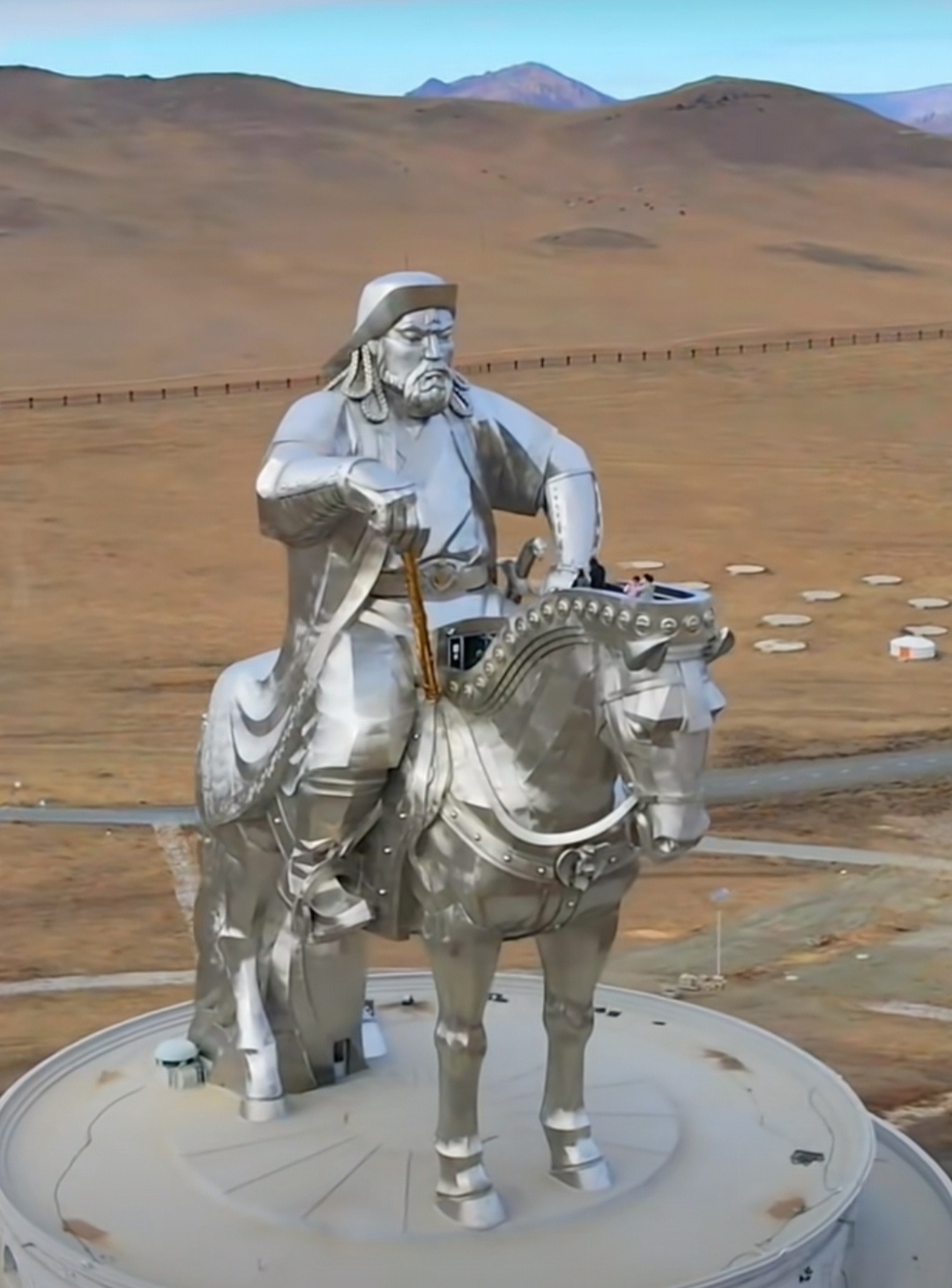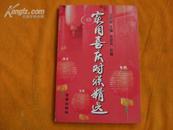
核医学(英文版)
¥ 8 八五品
仅1件
河南郑州
认证卖家担保交易快速发货售后保障
作者韩星敏、王荣福、杨爱民 编
出版社郑州大学出版社
出版时间2019-09
版次1
装帧平装
货号教材2022O
上书时间2022-09-04
- 在售商品 暂无
- 平均发货时间 4小时
- 好评率 暂无
- 店主推荐
- 最新上架
商品详情
- 品相描述:八五品
图书标准信息
- 作者 韩星敏、王荣福、杨爱民 编
- 出版社 郑州大学出版社
- 出版时间 2019-09
- 版次 1
- ISBN 9787564564681
- 定价 99.00元
- 装帧 平装
- 开本 16开
- 纸张 胶版纸
- 页数 262页
- 【内容简介】
- 《核医学(英文版)》重点介绍和阐述了核医学及其相关知识的基本概念,核医学仪器和药物的质量控制,临床常规诊治的辐射剂量和放射卫生防护监测核医学体内、体外检查的原理、方法和临床意义核素体内、体外治疗的原理和临床应用,突出了对于核素治疗后出现的临床表现的医学认识。
- 【作者简介】
-
- 【目录】
-
Chapter 1 Introduction
1.1 Basic concepts and classification of nuclear medicine
1.2 Principle of functional imaging in nuclear medicine and comparison with other imagitechniques
1.3 The history and present situation of nuclear medicine
Chapter 2 Physical Basics of Nuclear Medicine
2.1 Atomic nucleus
2.2 Radionuclides
2.3 Nuclear decay
2.4 Interaction of radioactive ray with matter
2.5 Nuclear reactions
Chapter 3 Nuclear Medicine Imaging Devices
3.1 Gamma camera and SPECT systems
3.2 PET systems
3.3 Non-Imaging detectors and counters
Chapter 4 Radiopharmaceuticals
4.1 Introduction
4.2 Manufacture of radionuclide for radiopharmaceutical
4.3 Radio pharmaceuticals
4.4 Quality control
4.5 Tendency of radio pharmaceutical
Chapter 5 Radiation Protection and Safety in Nuclear Medicine
5.1 Dose quantities and units
5.2 The principles of radiation protection
5.3 Radiation safety of the patients
5.4 Radiation protection and safety of the public
5.5 Radiation protection and safety of occupational workers
Chapter 6 In Vitro Immunoassay
6.1 Radioimmunoassay
6.2 Immunoradiometric assay
6.3 Non-radiolabeled immunoassy
6.4 Analytical quality control in radioanalytical laboratories
6.5 The clinical application of in vitro immunoassay
Chapter 7 Molecular Imaging
7.1 Conception and principle of molecular imaging
7.2 Contents of molecular imaging
7.3 Multimodality imaging
7.4 Application of molecular imaging
Chapter 8 Nuclear Neurology
8.1 Introduction
8.2 Cerebral blood flow perfusion tomography and local cerebral blood flow measurement "
8.3 Cerebral metabolic imaging
8.4 Neuroreceptor imaging
8.5 Radionuclide cerebrovascular imaging
8.6 Cerebrospinal fluid imaging
Chapter 9 Endocrine System
9.1 Thyroid
9.2 Parathyroid
9.3 Adrenal medullary imaging
Chapter 10 Cardiovascular System
10.1 Myocardial perfusion imaging
10.2 Assessment of ventricular function
10.3 Heart failure and assessment of viability
Chapter 11 Pulmonary Imaging
11.1 Pulmonary ventilation/perfusion scintigraphy
11.2 Clinical applications
11.3 Other imaging methods
Chapter 12 Gastrointestinal System
12.1 Gastrointestinal bleeding scintigraphy
12.2 Heterotopic gastric mueosa seintigraphy
12.3 Gastroesophageal reflux scintigraphy
12.4 Gastric emptying scintigraphy
12.5 99mTe-labelled red blood cells liver seintigraphy
12.6 Liver and spleen colloid imaging
12.7 Salivary gland imaging
12.8 Urea breath test for Helicobacter pylori
12.9 Hepatobiliary dynamic imaging
Chapter 13 Urinary System
13.1 Renal anatomy
13.2 Function
13.3 Renal radiopharmaceutieals
13.4 Dynamic renal imaging techniques
13.5 Measuring renal function : effective renal plasma flow (REPF) and glomerular filtrationrate (GFR)
13.6 Renal cortical imaging
13.7 Radionuclide eystography
13.8 Clinical applications of renal seintigraphy
Chapter 14 Skeletal System
14.1 Introduction
14.2 Anatomy and physiology
14.3 The bone scan
14.4 The joint scan
14.5 Normal appearances
14.6 Abnormal bone and joint imaging
14.7 Extra skeletal imaging agent concentration
14.8 Clinical applications of bone and joint imaging
Chapter 15 Hematology and Iymphatic System
15.1 Bone marrow scintigraphy
15.2 Spleen imaging
15.3 Lymphoscintigraphy
Chapter 16 Tumor Imaging
16.1 Introduction
16.2 JSF-FDG PET/CT imaging
16.3 Tumor imaging with other positron-emitting agents but ISF-FDG
16.4 SPECT and SPECT/CT imaging in tumor
Chapter 17 Inflammation Imaging
17.1 Gallium-67 citrate scan
17.2 Radiolabeled leukocytes scan
17.3 18F-FDG PET/CT
Chapter 18 Radionuclide Therapy
18.1 Biological basis of radionuclide therapy
18.2 Treatment in hyperthyroidism with 131I
18.3 Treatment for solitary toxic nodule (Plummer's Disease) with 131I
18.4 Treatment for well-differentiated thyroid carcinoma with 1311
18.5 Radionuclide therapy of malignant bone metastases
18.6 32p Therapy in polycythemia vera and essential thrombocythemia
18.7 Radionuclide applicator therapy
Chapter 19 Role of ISF-FDG PET/CT in Pediatric Oncology
19.1 Brief introduction of pediatric malignant tumor
19.2 Clinical application of 18F-FDG PET/CT in pediatric malignant tumor
19.3 Radiation safety of 18F-FDG PET/CT in children
点击展开
点击收起
— 没有更多了 —





















以下为对购买帮助不大的评价